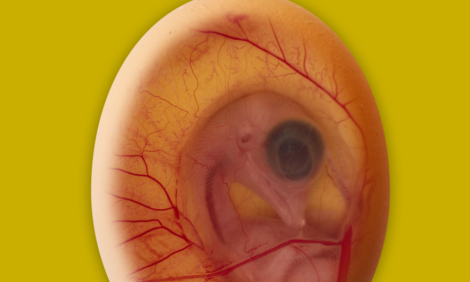



What are the Risks of Using Insects as Food or Feed?
EU - Interest is growing in the potential benefits of using insects in food and animal feed, but what would be the risks from production, processing and consumption of this alternative source of protein?EFSA, the European Food Safety Authority, has addressed this question with a risk profile that identifies the potential biological and chemical hazards as well as allergenicity and environmental hazards associated with the use of farmed insects as food and feed.
The Scientific Opinion also compares these potential hazards with those associated with mainstream sources of animal protein.
The possible presence of biological and chemical hazards in food and feed products derived from insects would depend on the production methods, what the insects are fed on (substrate), the lifecycle stage at which the insects are harvested, the insect species, as well as the methods used for further processing, EFSA’s scientific experts say.
EFSA concludes that when non-processed insects are fed with currently permitted feed materials, the potential occurrence of microbiological hazards is expected to be similar to that associated with other non-processed sources of protein.
There are limited data available on the transfer of chemical contaminants from different types of substrate to the insects themselves.
The occurrence of prions – abnormal proteins that can cause diseases such as Bovine Spongiform Encephalopathy (BSE) in cattle and Creutzfeldt-Jakob Disease in humans – is expected to be equal or lower if the substrate does not include protein derived from humans (manure) or ruminants.
The Scientific Opinion also considers the possible hazards associated with other types of substrate, such as kitchen waste, and animal manure.
The environmental risk of insect farming is also expected to be comparable to other animal production systems. Existing waste management strategies should be applicable for disposing of waste from insect production.
EFSA’s opinion is based on data from peer-reviewed scientific literature, assessments performed by Member States and information provided by relevant stakeholders.








